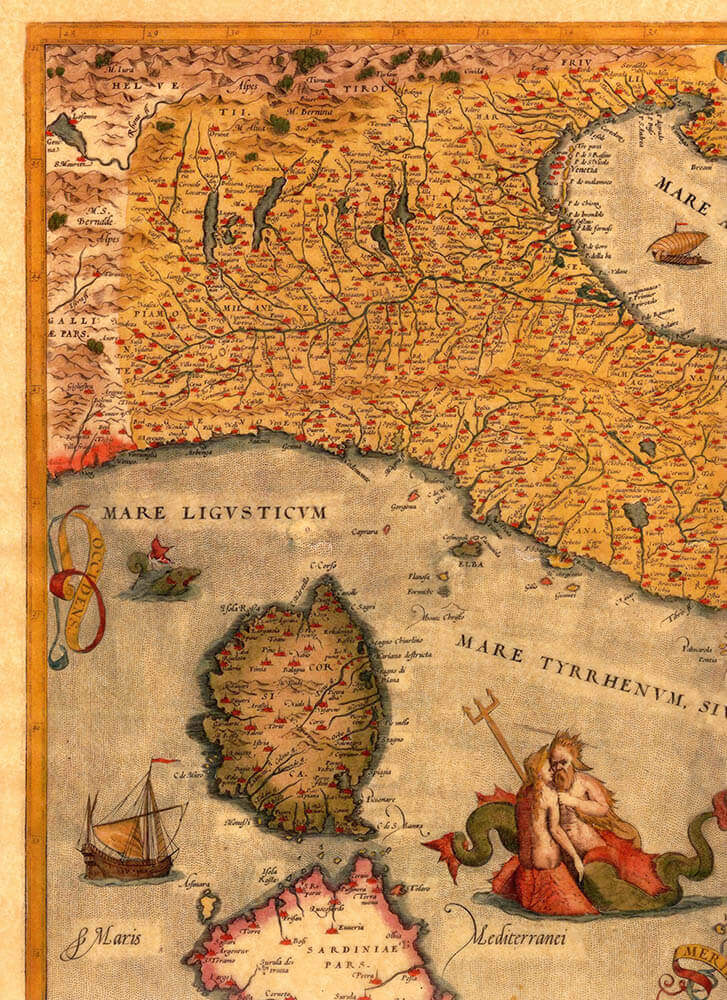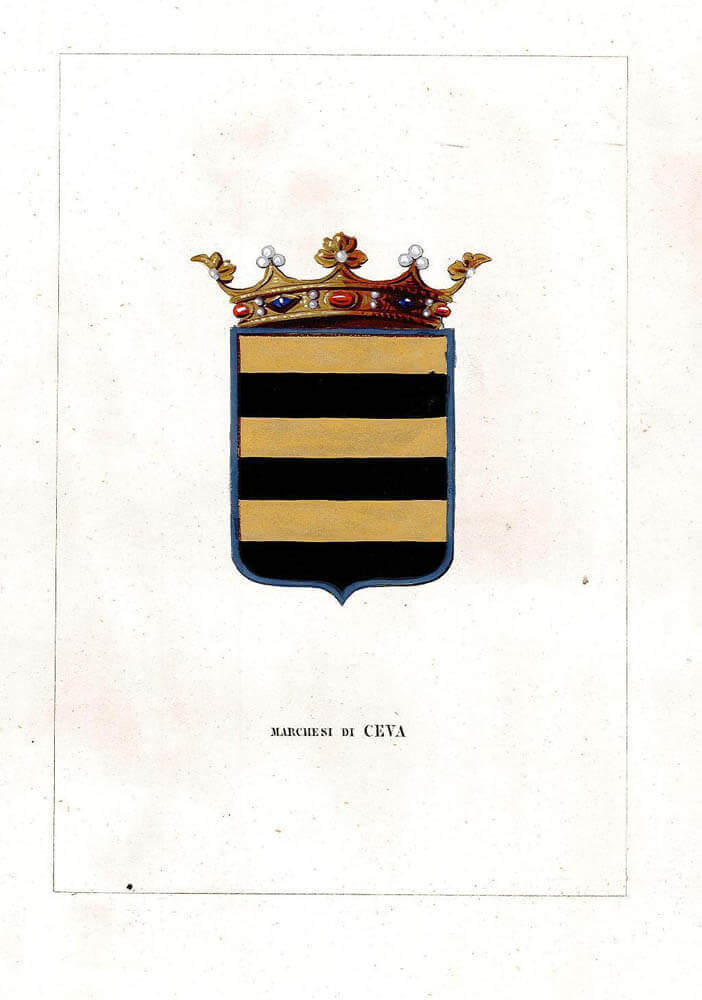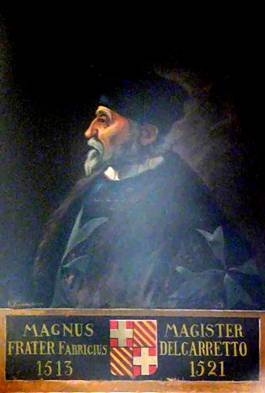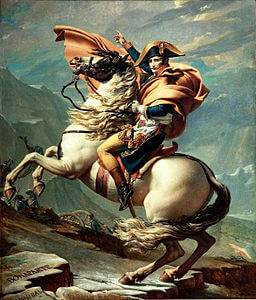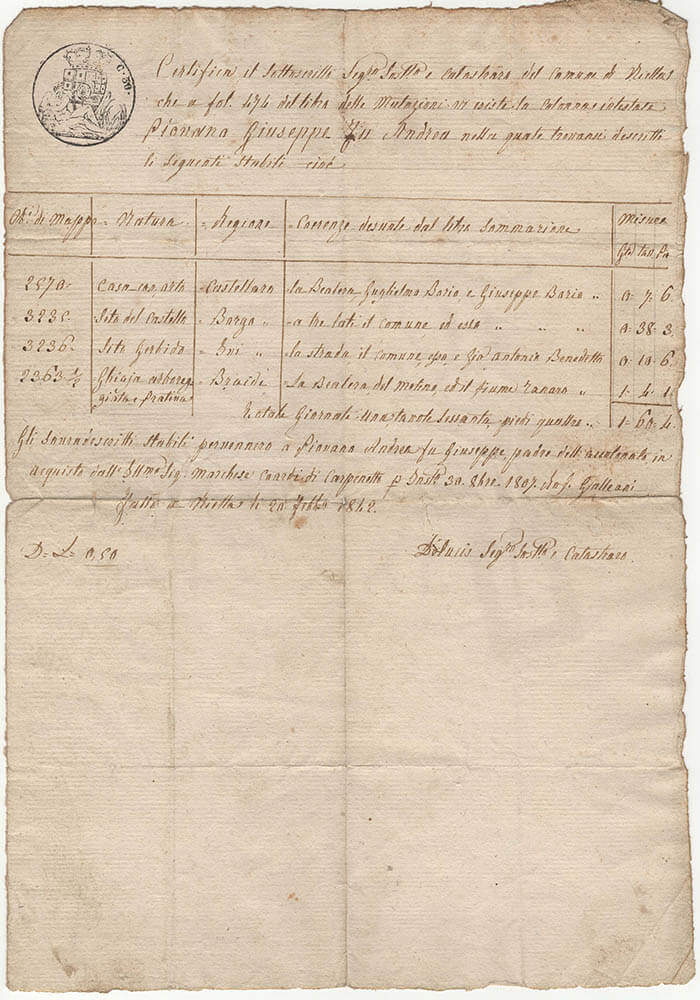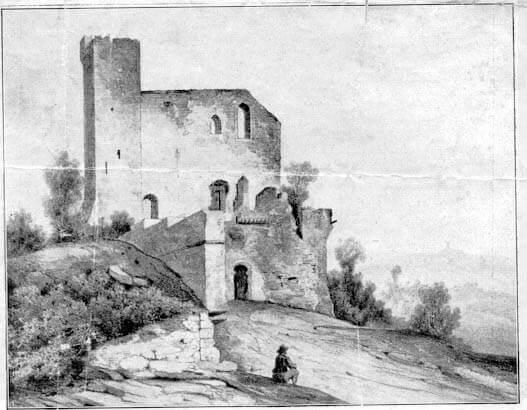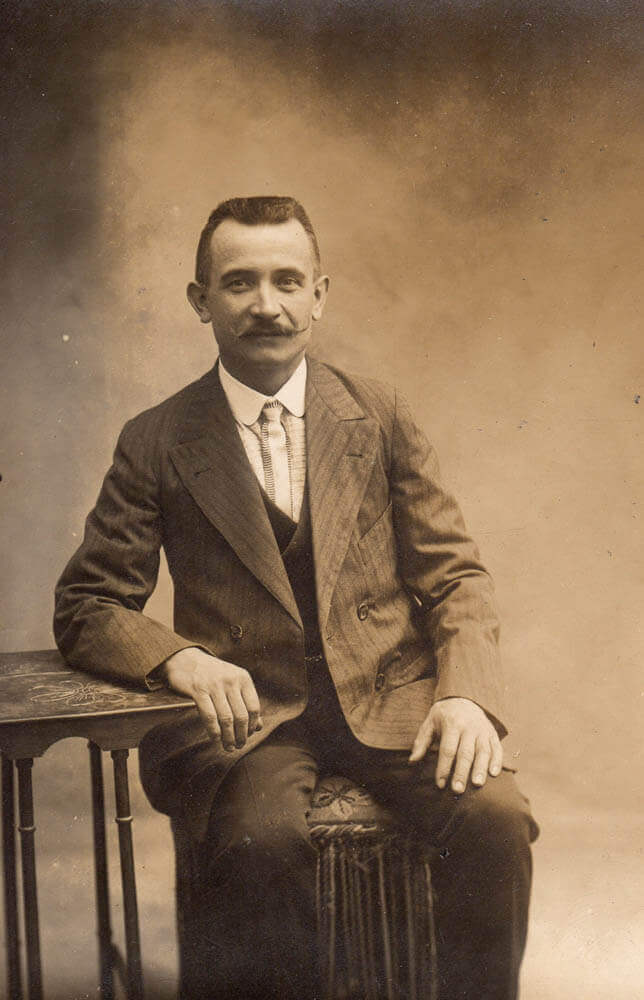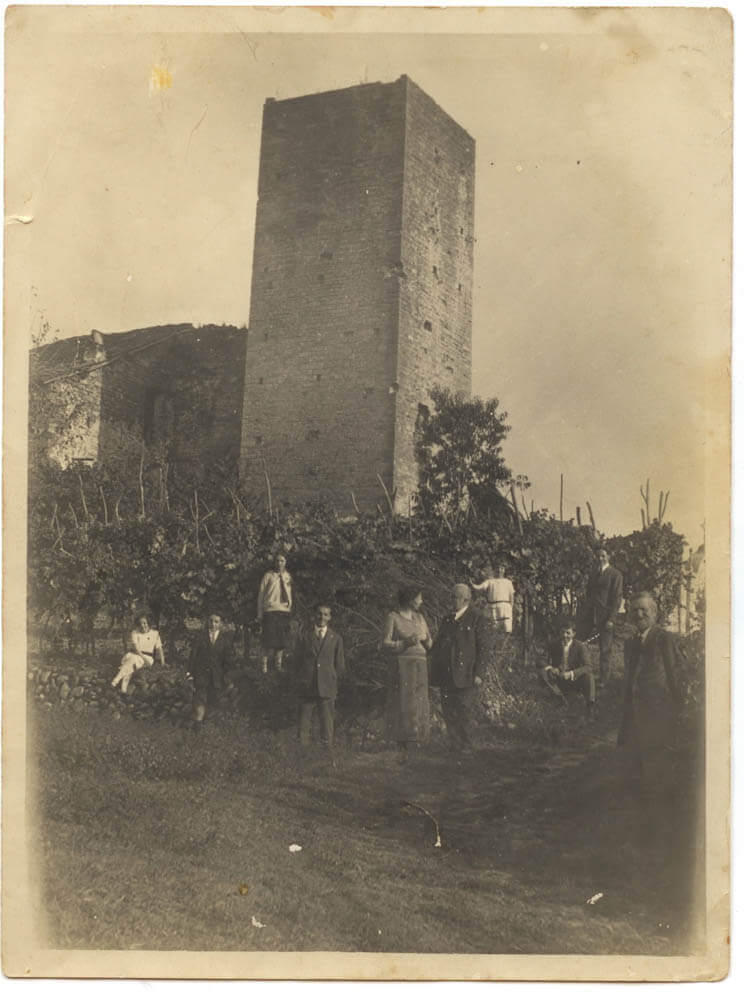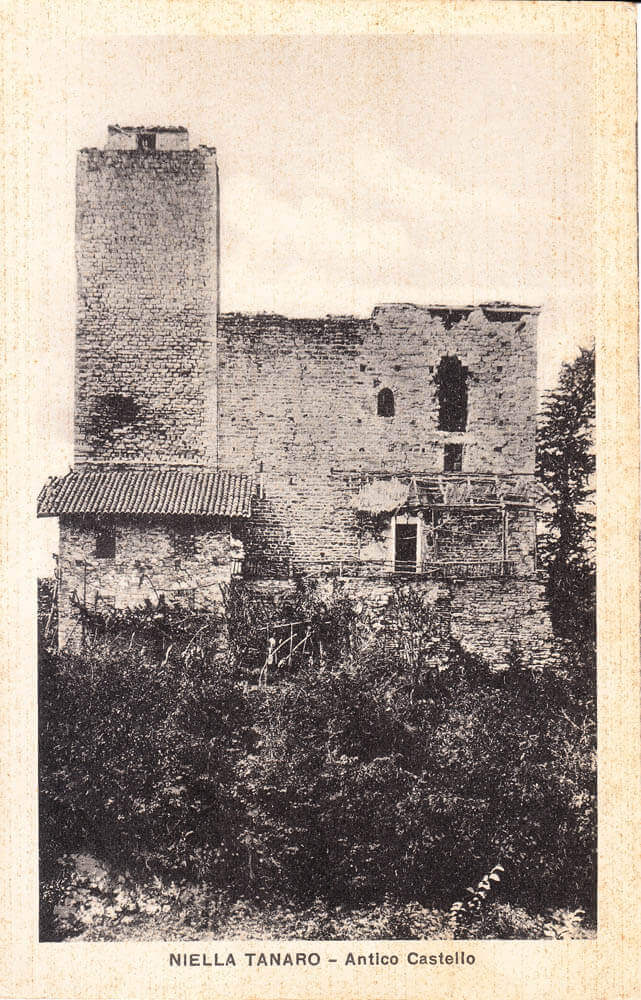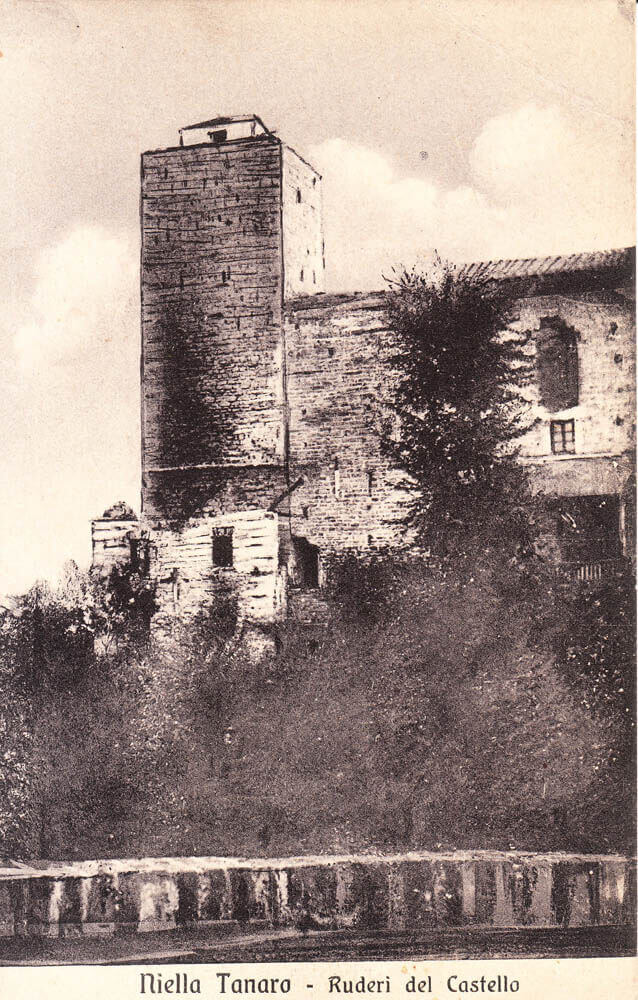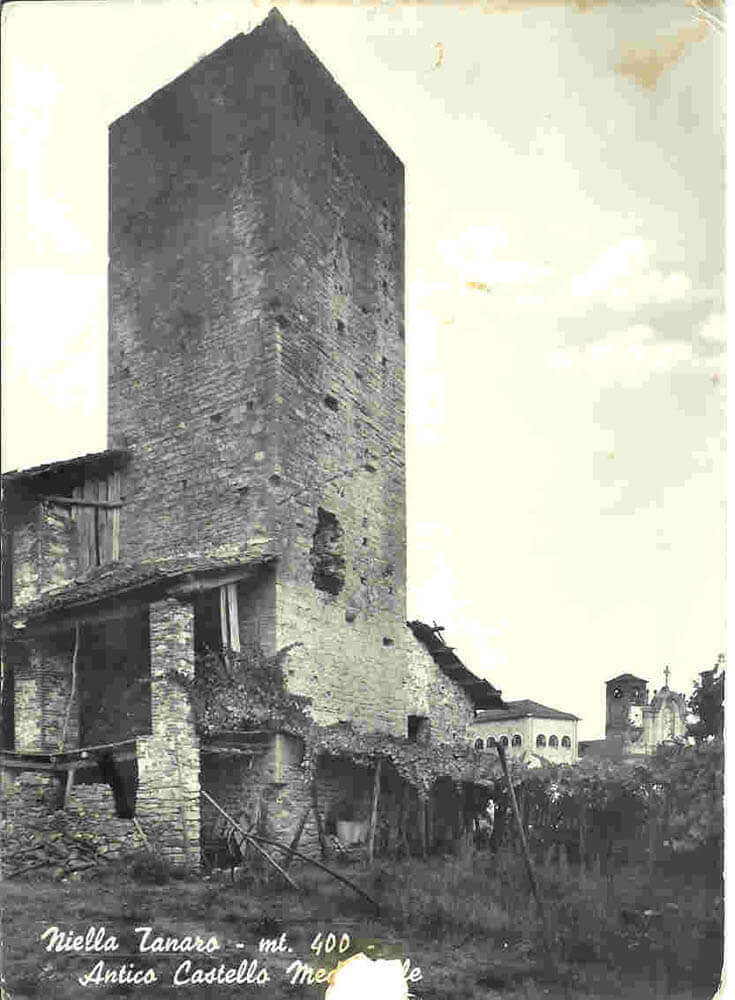The origins
Niella Tanaro becomes part of the Cisalpine Gaul province after the Roman conquest, under the jurisdiction of the chief town Augusta Bagiennorum. Nigella ad Tanagrum (Niella Tanaro) is mentioned in documents in year 901 as an imperial donation to Bishop of Asti who delegates the local government first to Marquis Del Vasto and then to the Marquis of Ceva who takes possession in 1142.
The town is crossed by Via Bagienna (as well as Via Palmaria and a Route of Salt), making it an important town in medieval times. It becomes a strategic link between the most important cities of Piedmont centers and Ligurian ports, among which commercial, economic, cultural, and business exchanges take place.
There is also evidence of pilgrims journeying on the route, given the dense dissemination along these paths of kiosks, chapels, oratories, and the presence of a hospital in Niella.

